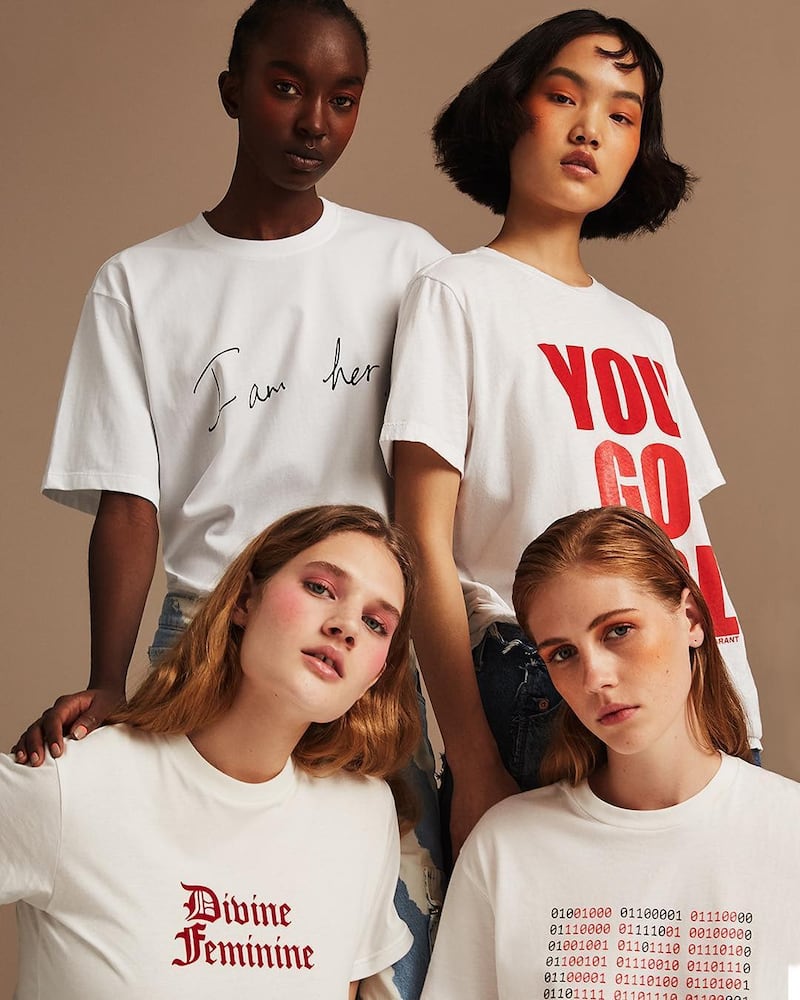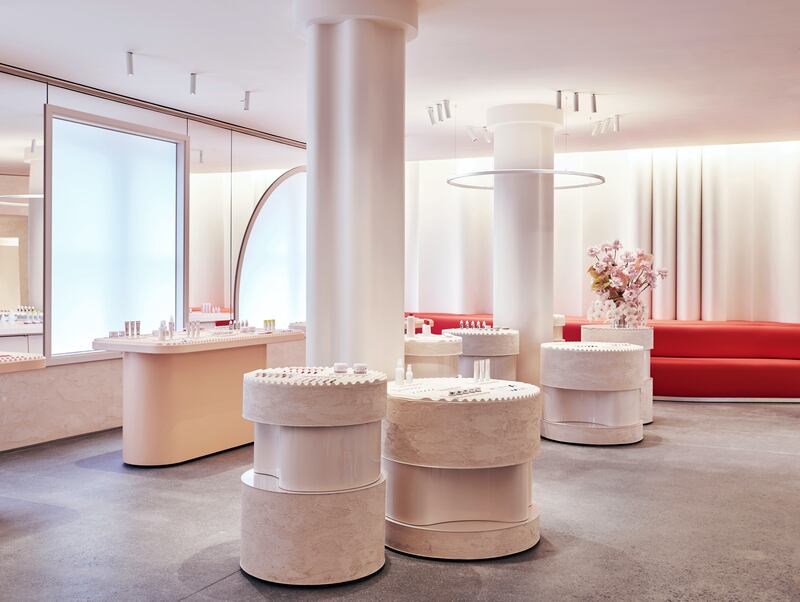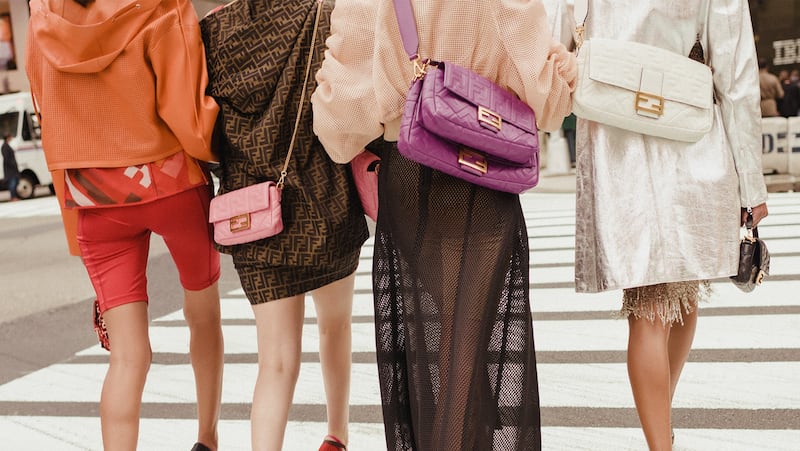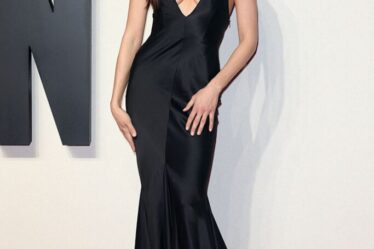
Hello BoF Professionals, welcome to our latest members-only briefing: The Week Ahead. Think of it as your “cheat sheet” to what everyone will be talking about on Monday.
THE CHEAT SHEET
International Women’s Day, Brought to You By…
For the second year in a row, Net-a-Porter is releasing a capsule collection for International Women’s Day | Source: Instagram/@netaporter
- International Women’s Day will be celebrated in hundreds of countries on March 8
- Brands are embracing feminism, with mentions in marketing and emails growing sixfold in the last two years, according to BoF and McKinsey
- The trend straddles high (Maria Grazia Chiuri‘s slogan t-shirts) and low (Forever 21’s capsule collection)
Fashion’s Many Billionaires

Bernard Arnault, chairman of LVMH, was Forbes’ fourth-richest person last year | Photo: Magali Delporte
The Bottom Line: Chinese fashion kingpins are largely absent from the upper echelons of the list, reflecting China’s lack of global apparel brands. That’s starting to change, as the country’s domestic market grows and Chinese conglomerates snap up ailing European luxury houses.
Glossier’s Next Move

Glossier’s New York flagship | Source: Courtesy
- Glossier plans to launch its first sub-brand, Glossier Play, later this month
- The brand has stuck to its DTC model, even as other online beauty brands entered Sephora and Ulta
- Glossier has raised $84 million and likely generated over $100 million in revenue last year
Glossier hasn’t said when its new brand, Glossier Play, is dropping, or where, or even what it is. That hasn’t dulled the hype (a week-old Instagram account is treating some 60,000 followers to blurry images and cryptic videos). And with good reason: Glossier helped define the DTC model for beauty brands, with its Instagram-friendly packaging and e-commerce first business plan. Unlike most of its rivals, the goal was never to transition into Sephora; Glossier instead invested in its own logistics and, more recently, brick-and-mortar stores. Though expensive, that infrastructure sets the brand up for fatter margins down the line, and provides an unparalleled launchpad for any new products.
The Bottom Line: Many DTC brands hit a wall once they cross the $100 million sales threshold, as customer acquisition costs become prohibitive. Glossier may have found a way to keep expanding without needing to hitch itself to a third-party retailer.
COMMENT OF THE WEEK

Fendi Baguette campaign 2019 | Source: Courtesy
“If the quality in design and material of the bags now matched the ones back then I would say yes. But a lot of these bags (while pretty) are just trendy and not build to outlast their respective collections/seasons. That’s the allure of an IT bag. It goes a long way.” @johztan_piet_amiir_, commenting on “Why It Bags Are Making a Comeback“
SUNDAY READING
Professional Exclusives You May Have Missed:
The Week Ahead wants to hear from you! Send tips, suggestions, complaints and compliments to brian.baskin@businessoffashion.com.
Was this BoF Professional email forwarded to you? Join BoF Professional to get access to the exclusive insight and analysis that keeps you ahead of the competition. Subscribe to BoF Professional here.



